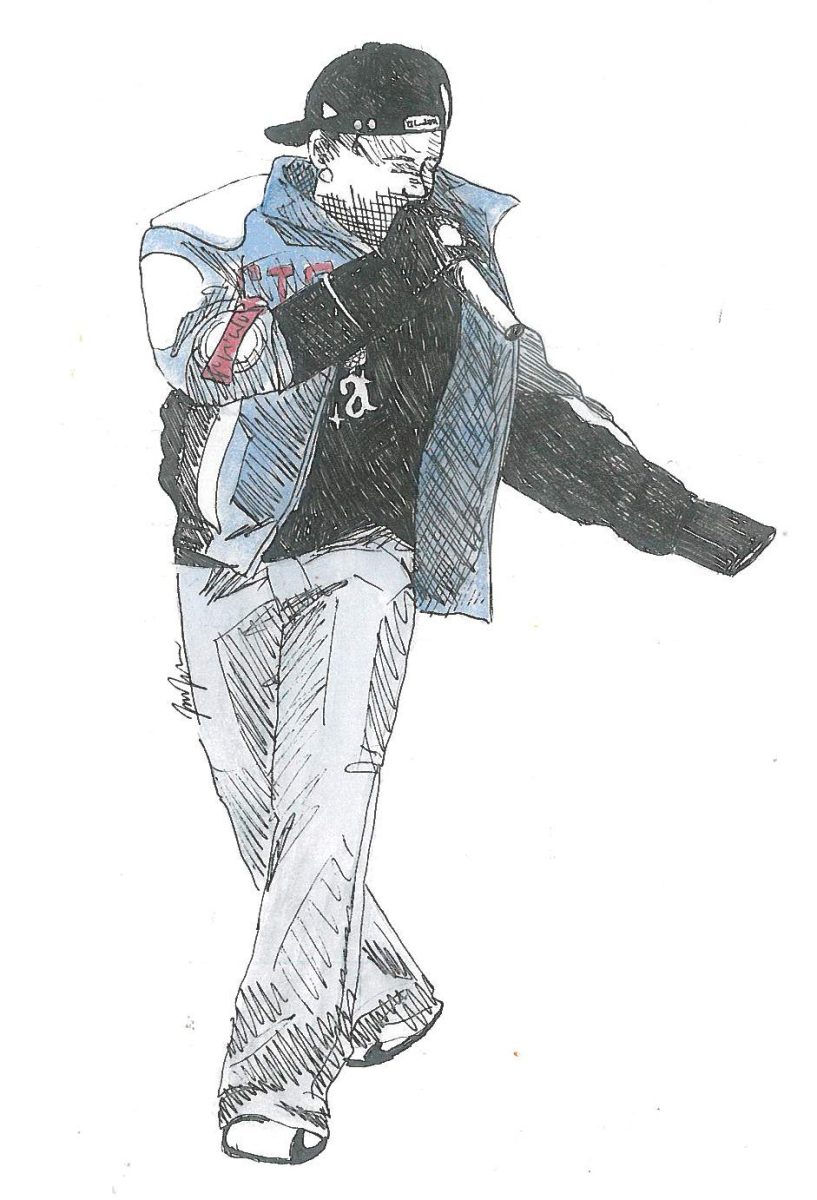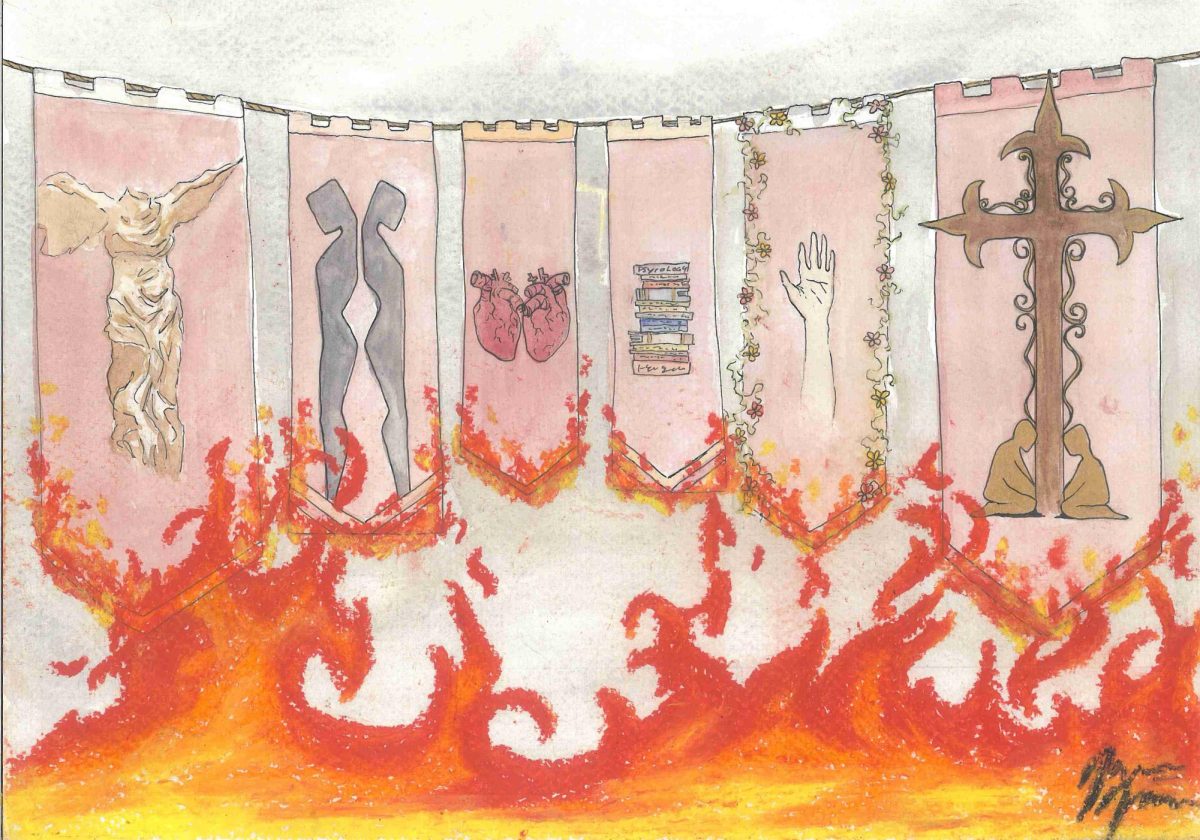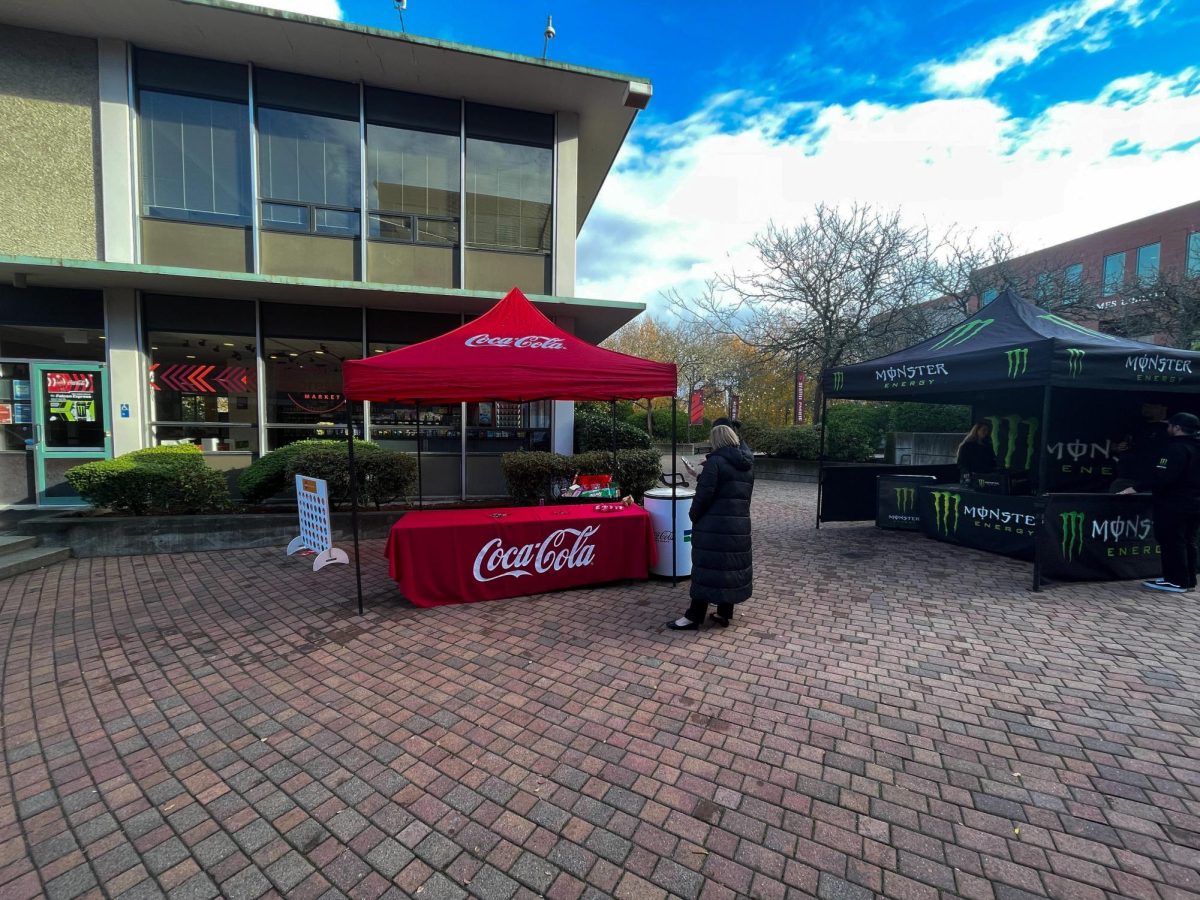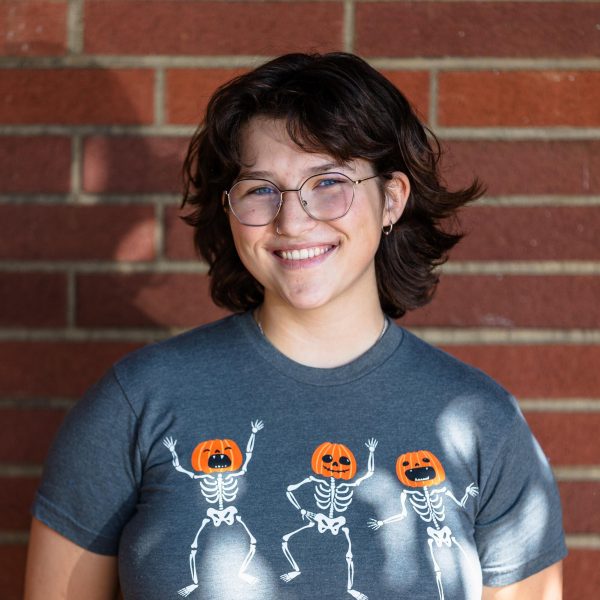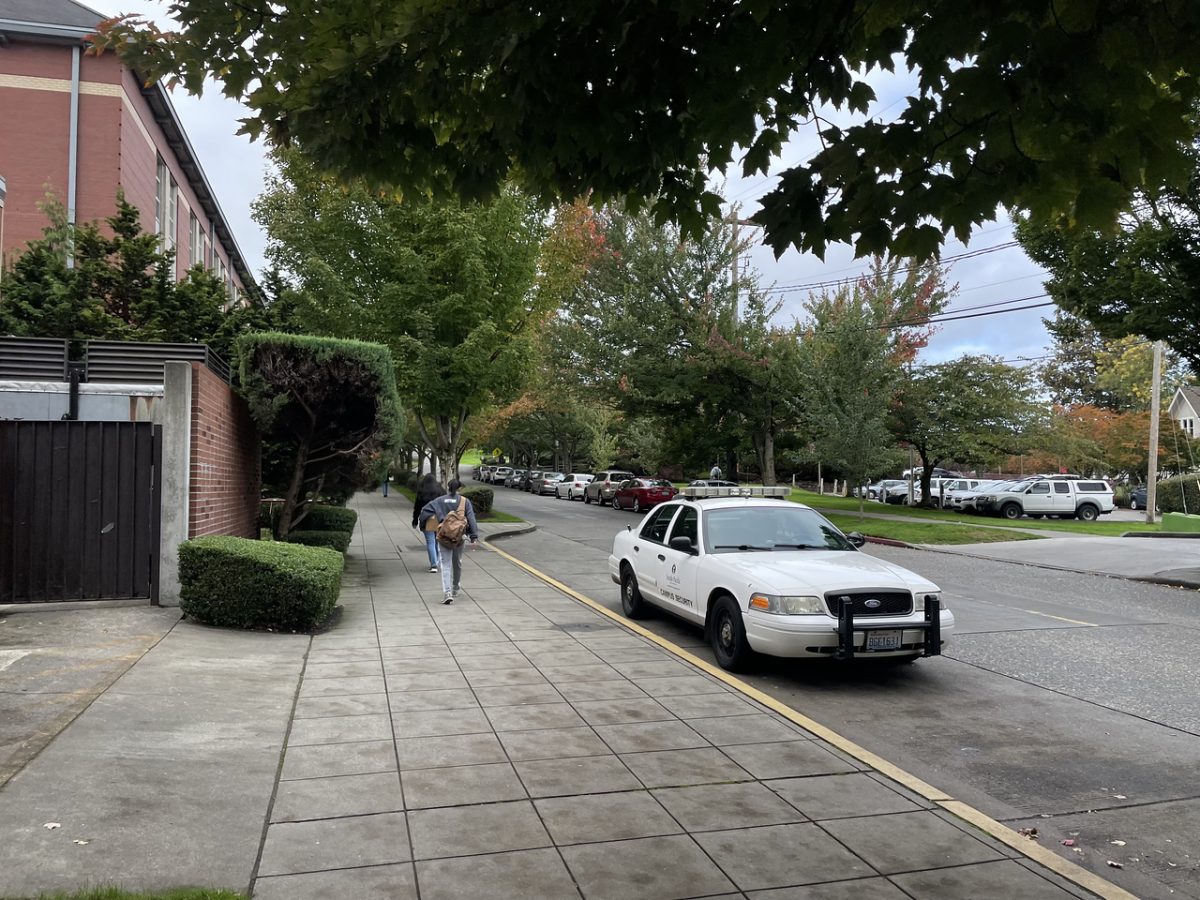
Kati Chau wants to feel safe on the campus of Seattle Pacific University, where she is in her fourth year as a digital photography major. But after a walk through the dark down Bertona St., she is unsure she can. The man, concealed at first by bushes, jumped out, approaching Chau and her group.
“We couldn’t see him until it was too late,” Chau said. “It was scary. Honestly, I wanted to run home after that because it was such a sudden thing. We were just trying to get home quickly into bed.”
Chau made a mistake that night: unsure of herself, she avoided calling the Office of Safety and Security. After all, the man only startled her, the walk back was short and Chau had heard rumors of OSS’ late responses.
“We in the security office can be anywhere on campus within about two minutes,” Cheryl Michaels, director of safety and security, said. “A safe and secure environment is a whole community coming together collectively to look out for each other, to notify safety and security if they see any individuals that are cause for concern.”
Calling OSS is one of many safety measures Chau and other students can take in the event of a dangerous situation. Michaels also wants to remind students to remember that people largely commit opportunistic crimes.
To prevent opportunities for theft, students should keep belongings hidden in vehicles and rooms. On Sept. 25, OSS sent out an announcement regarding a burglary from on-campus residence dorm Hill Hall.
“At approximately 6:00 a.m., an unknown man was walking around the exterior of the building, which is level with the 4th floor. The suspect reached into an open window and took an electronic device,” read Michaels’ email to the student body.
Three days prior, a similar announcement was sent, regarding an aggressive individual approaching and “forcibly shov[ing]” a student in Tiffany Loop, who quickly ran from the scene and alerted OSS that same morning.
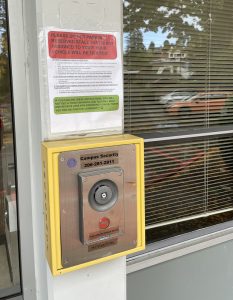
After receiving reports like these, OSS officers initiate a search for dangerous individuals using video surveillance and patrols. If located, the individual is approached and engaged. The Hill burglar and Loop aggressor both left campus shortly after their altercations.
Students, to remain safe, are encouraged by Michaels to:
Avoid confrontation
Get to a safe place
Call OSS using yellow call boxes or at number
Carry safety alarm
Stay vigilant
“It’s important to note that our security systems and personal vigilance are not a failsafe,” Michaels said. “We want to use all of our senses to be aware, and one of the greatest senses we can use is our intuition.”
Michaels recommends everyone read Gavin de Becker’s “The Gift of Fear,” a non-fiction work focusing on how to use one’s intuition and gut feelings to stay safe. At the end of the day, students can only prepare so much.
“I’ve really started considering taking self defense classes just because there have been other times when I’ve been off campus where I’ve been approached,” Chau said.
Tod Yansomboon, fourth year business and administration major at SPU, has likewise felt unsafe off campus.
“I would say on campus, I never feel unsafe,” Yansomboon said. “But when I go downtown at night, there are certain times I feel unsafe because – I don’t want to be rude – but unusual and abnormal people are on the bus at night and there were times I saw them verbally fighting each other.”
SPU lies in Queen Anne – a wealthy, suburban neighborhood largely considered safe – but potentially dangerous individuals can still make their way on campus.
“We have situations where people will be sleeping in alcove areas. They may not be a threat to others, but we can definitely step in to provide some support,” Michaels said. “And then if they escalate to a threat to the campus, we’ve already been able to intervene before something has happened.”
Students can contact OSS at any time for emergencies at (206) 281-3911, for non-emergencies at (206) 281-2922.
















































































